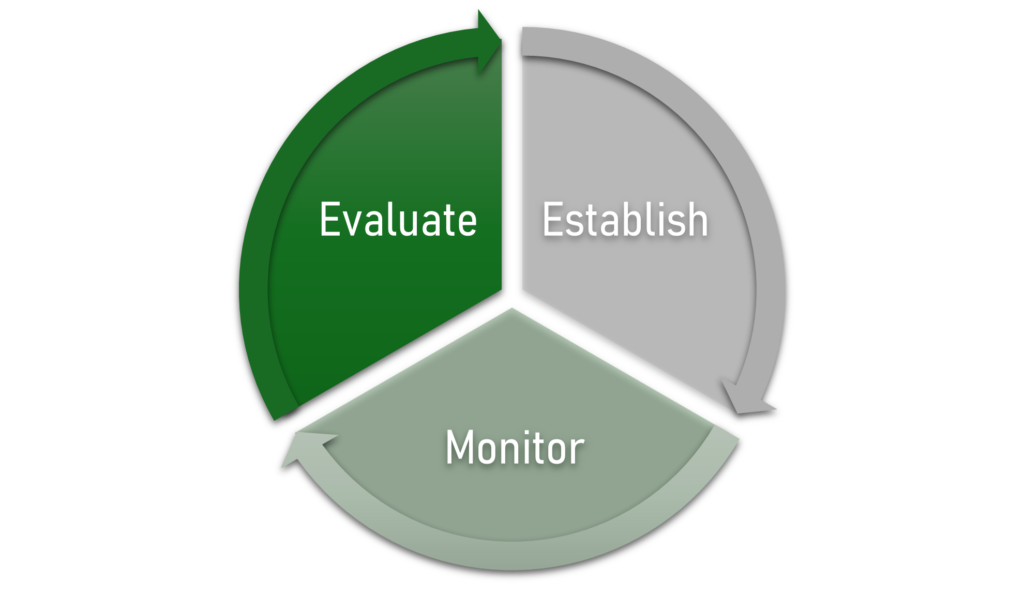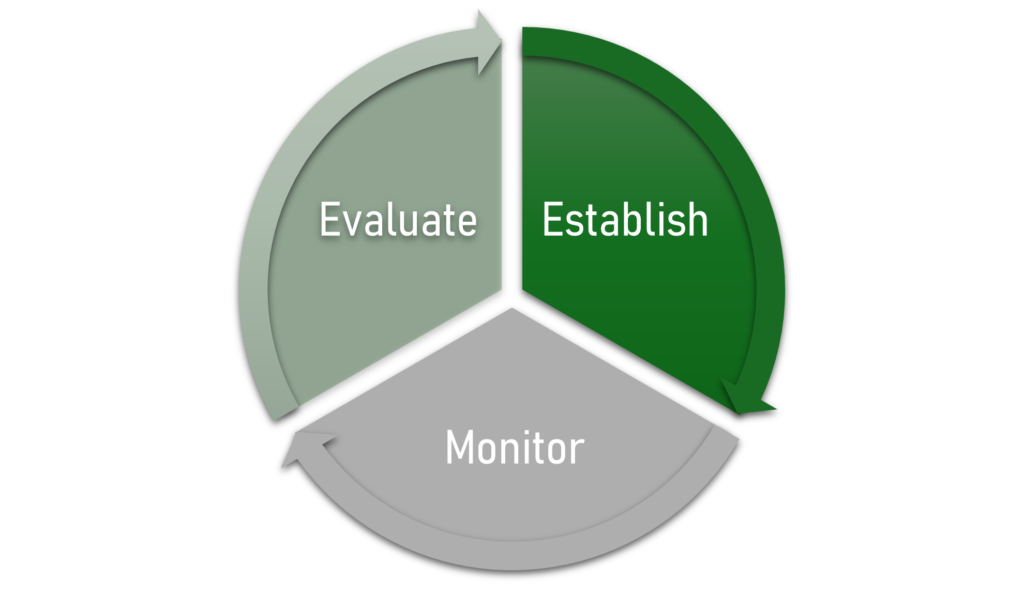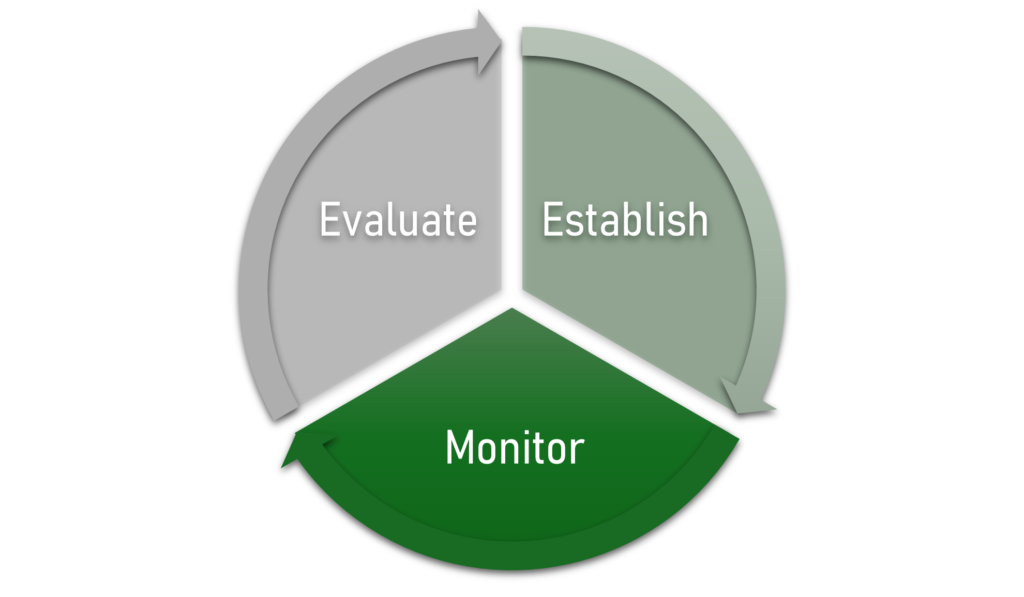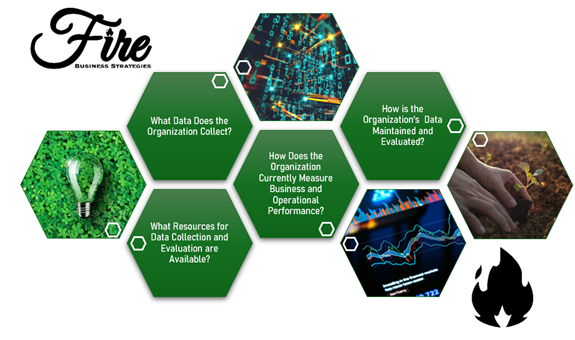In this article Fire Business Strategies Team will explore from start to finish how to establish and maintain KPIs across production, marketing and sales, management, leadership, finance, and more.
Before diving into the details of how to establish and maintain KPIs, let’s hit the basics; what are KPIs, and why are they important?
What are KPIs?
Key Performance Indicators, or “KPIs,” are data points that help companies measure, quantify, and improve their performance across all dimensions of their business.
When businesses think about KPIs, they often think only about production, sales, and fulfillment metrics, but KPIs can do so much more, providing insight and accountability for all kinds of businesses and processes.
Why Should you Track KPIs?
Virtually all successful businesses use a variety of KPIs to evaluate the performance of individual business units and the overall health of their company. KPIs can go beyond the balance sheet, giving managers and leadership insight into quality, safety, stakeholder satisfaction, and more.
Establishing and Maintaining KPIs
Fire Business Strategies recommends a 3-step cycle to establish and maintain KPIs.

First Evaluate the needs of the business, its data collection and evaluation resources, and past performance.
Then Establish appropriate benchmarks, objectives, and infrastructure.
Then Monitor performance.
Based on the business’ performance, evaluate the need for updated benchmarks, objectives, and infrastructure on a regular basis.
Step 1. Evaluate

The first step in establishing and maintaining KPIs is to Evaluate the needs of the business, its data collection and evaluation resources, and past performance.
Every business is different, and, without support, collecting the data needed to manage a full suite of KPIs can be very resource intensive. That’s why it’s always important to identify the most impactful metrics for your unique business.
For example, a new business trying to establish market share might focus more on relevant marketing and sales metrics, while an established player may be more concerned about optimizing their margins.
It’s also important to note that some KPIs offer clearer insights because of their direct relationship to specific processes. Other KPIs, like Working Capital and Current Ratio, reflect the overall health of the business, but can be more complex to translate to operational strategy.
No matter what kind of goals you have, the best KPIs are specific and measurable. These kinds of KPIs give a more objective view of business performance.
Next, it’s important to understand what data is already being collected and what kinds of data collection and evaluation systems are already in place. Is there a way to use these same systems, or systems like it, to manage other KPIs?
Step 2: Establish

Once you understand which KPIs are appropriate for your business, what resources are available to track your performance across these dimensions, and how your business has performed in the past, it’s time to establish and/or reinforce both specific targets and broader systems for collecting, maintaining, and evaluating your business data. This is where the rubber meets the road, so it’s important to have the right teams and systems in place.
To establish a business intelligence system tailored to the unique context and culture of an organization, it takes collaboration between on-the-ground subject matter experts, cross-functional experts, leadership, and, as needed, outside experts.
This combination helps translate big picture business objectives with specific and realistic operational metrics. A cross-functional team also reinforces the hands-on know-how and leadership commitment necessary to create a culture of compliance. The stronger this commitment, the more complete your data set will be.
Step 3. Monitor

Your data isn’t doing your business any good if it’s trapped in a spreadsheet… or worse…
It’s important to develop and maintain systems to monitor your performance. The key word here is “monitor.” KPIs are meant to inform effective communication of business goals and outcomes from leadership to operations, and vice versa. “Teaching the Test,” or overemphasizing targets to the detriment of more holistic measures can be appropriate in sprints but is rarely sustainable.
The results of this monitoring activity must be communicated effectively to the highest levels of leadership. Then, armed with this data, the cycle begins again. Leadership, working with a cross-functional team of subject matter experts, should dedicate time to evaluate performance across KPIs, identify broader insights and trends, and evaluate the need for updated benchmarks, objectives, procedures, and infrastructure on a regular basis.
It’s also important to empower your team by implementing systems to communicate outcomes and action plans across the organization effectively. When leadership conspicuously focuses on operational excellence, operations often follow.
Summing Up the Basics of KPIs
Performance monitoring is integral to any business’s success. But building robust systems that support thoughtful, profitable decision-making across all levels of operations is a complex, never-ending task. It means building data capture into infrastructure, processes, and culture. It also means collecting, processing, and analyzing that data in a timely manner to develop actionable information.
By combining years of top-down and bottom-up cannabis experience, Fire Business Strategies develops bespoke strategies and data-based solutions to streamline businesses. Unifying everything from finance, to resource planning, to SOPs, we turn KPI reporting into second nature, freeing up cannabis businesses’ resources for innovation, growth, and success.
Want to learn more about how Fire Business Strategies can take your cannabis venture to greater heights? Reach out using our contact form below to schedule a free initial consultation.

